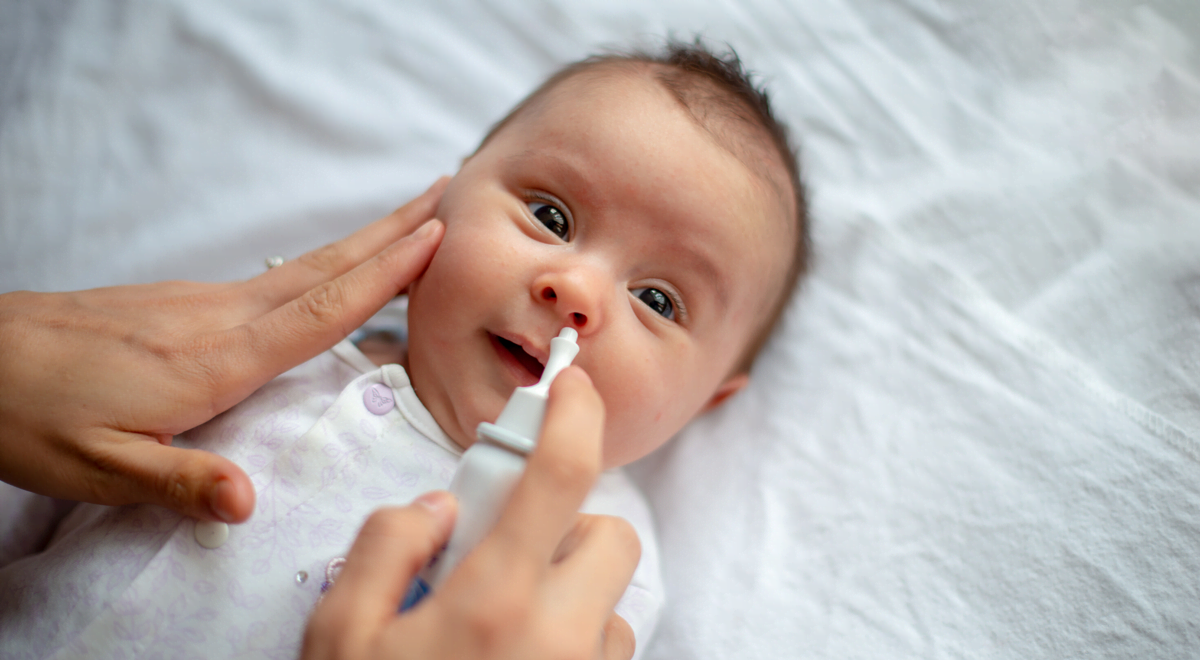

Articles
What To Put In Humidifier For Baby Congestion
Modified: October 19, 2024
Discover the best articles on what to put in a humidifier for baby congestion. Find effective remedies and tips to help your baby breathe easier and sleep better.
(Many of the links in this article redirect to a specific reviewed product. Your purchase of these products through affiliate links helps to generate commission for Storables.com, at no extra cost. Learn more)
Introduction
Congestion can be uncomfortable for babies, making it difficult for them to breathe and sleep peacefully. As a parent or caregiver, it’s natural to want to provide relief for your little one. One effective way to help alleviate baby congestion is by using a humidifier in their room. Humidifiers add moisture to the air, which can help to thin mucus and ease nasal congestion.
However, it’s important to use a humidifier correctly to ensure your baby’s safety and maximize the benefits. In this article, we will discuss the importance of humidifiers for congested babies, safety tips for using a humidifier, what to put in a humidifier for baby congestion, natural remedies, and precautions to take when using a humidifier for baby congestion.
Key Takeaways:
- Using a humidifier for baby congestion can help alleviate discomfort by adding moisture to the air, thinning mucus, and providing relief for dry skin. Proper maintenance and safety precautions are crucial for a safe and effective experience.
- Natural remedies such as essential oils and steam showers can enhance the benefits of a humidifier for baby congestion. However, it’s important to use them sparingly and with caution, in consultation with a pediatrician.
Read more: How To Use A Humidifier For Congestion
Importance of Humidifiers for Congested Babies
Humidifiers play a crucial role in providing relief for congested babies. When the air is dry, it can exacerbate nasal congestion, causing discomfort and difficulty in breathing for infants. By adding moisture to the air, a humidifier helps to soothe the nasal passages and alleviate congestion.
One of the main benefits of using a humidifier for baby congestion is that it can help to thin mucus secretions. When baby’s nasal passages are congested, mucus can become thick and make it harder for them to breathe. By increasing the humidity in the room, a humidifier can help to thin out the mucus, making it easier for babies to clear their airways.
In addition to reducing congestion, humidifiers can also provide relief for dry skin. Dry air can cause babies’ skin to become dry and itchy. By maintaining a proper humidity level, a humidifier can help to keep your baby’s skin moisturized and prevent dryness.
Furthermore, humidifiers can help to alleviate symptoms of respiratory conditions such as colds, allergies, and sinus infections. When infants have a stuffy nose, it can disrupt their sleep and feeding patterns. By using a humidifier, you can create an environment that is more conducive to restful sleep and easier breathing for your baby.
It is important to note that while humidifiers can be beneficial for congested babies, proper maintenance is essential. Regular cleaning and disinfection of the humidifier unit will prevent the growth of mold and bacteria, ensuring that the air your baby breathes is clean and healthy.
Now that we understand the importance of using humidifiers for congested babies, let’s explore some safety tips for using these devices in the next section.
Safety Tips for Using a Humidifier for Babies
While humidifiers can provide relief for congested babies, it is important to prioritize their safety when using these devices. Here are some essential safety tips to keep in mind:
- Choose the right type of humidifier: There are different types of humidifiers available, such as cool mist and warm mist humidifiers. For babies, it is generally recommended to use cool mist humidifiers as they do not have the risk of accidental burns. Cool mist humidifiers work by emitting a fine mist into the air, creating a soothing and safe environment for your little one.
- Place the humidifier away from the baby’s reach: Ensure that the humidifier is placed on a stable surface that is out of your baby’s reach. This will prevent them from accidentally knocking it over or tampering with the device.
- Follow manufacturer’s instructions: Read and carefully follow the instructions provided by the manufacturer for proper setup, usage, and maintenance of the humidifier. Each model may have specific guidelines, so it is important to adhere to them for optimal safety.
- Use clean, distilled water: Fill the humidifier with clean, distilled water. Using distilled water helps to prevent the buildup of mineral deposits in the device and ensures that only clean moisture is being released into the air.
- Regularly clean the humidifier: Clean the humidifier regularly to prevent the growth of mold or bacteria. Follow the manufacturer’s instructions for cleaning and disinfecting the device. Regular maintenance will help to ensure that the air being emitted is clean and free from harmful particles.
- Monitor humidity levels: Keep an eye on the humidity levels in the room. The ideal range is generally between 30 to 50 percent. Using a hygrometer can help you monitor and maintain the proper humidity levels for your baby’s comfort.
- Keep the room well-ventilated: Open a window or door periodically to allow fresh air to circulate in the room. This will help to prevent the air from becoming stagnant and reduce the risk of excessive humidity levels.
By following these safety tips, you can ensure that your baby experiences the benefits of a humidifier while minimizing any potential risks. In the next section, we will discuss what you can put in a humidifier for baby congestion to enhance its effectiveness and provide additional relief.
What Can You Put in a Humidifier for Baby Congestion
When using a humidifier for baby congestion, you don’t need to put anything specific in the device itself. The purpose of a humidifier is to add moisture to the air, and it does this by emitting either a cool mist or a warm mist, depending on the type of humidifier you have. Adding anything other than clean, distilled water to a humidifier can cause damage or negatively impact its functionality.
However, there are additional measures you can take to enhance the effectiveness of the humidifier and provide further relief for your congested baby:
- Use a hygrometer: Place a hygrometer in the room to monitor and maintain the appropriate humidity level. The ideal range is generally between 30 to 50 percent for optimal comfort and congestion relief.
- Elevate the baby’s head: Use a pillow or elevate the head of your baby’s crib slightly to help reduce nasal congestion. This can promote better drainage of mucus and provide some relief while using the humidifier.
- Consider using saline drops or a nasal spray: Saline drops or a nasal spray can help to moisturize and loosen nasal congestion. Consult with your pediatrician before using any nasal products on your baby and follow their recommended guidelines.
- Keep the room clean and dust-free: Dust and allergens in the room can worsen congestion symptoms. Regularly clean the room, particularly the baby’s sleeping area, to minimize the presence of dust and other irritants.
- Monitor the temperature: Maintain a comfortable room temperature, around 68 to 72 degrees Fahrenheit (20 to 22 degrees Celsius). Extreme temperatures can dry out the air and worsen congestion.
- Create a soothing bedtime routine: Establish a calming bedtime routine that includes using the humidifier. This can help signal to your baby that it’s time to sleep and may provide further relief for congestion during the night.
Remember, it is essential to consult with your pediatrician if your baby’s congestion persists or worsens. They can provide personalized advice and guidance based on your baby’s specific needs and health condition.
In the next section, we will explore some natural remedies for baby congestion that can be combined with the use of a humidifier for additional relief.
Use distilled or filtered water in the humidifier to prevent mineral buildup. Add a few drops of eucalyptus or lavender essential oil to help relieve baby congestion. Always follow the manufacturer’s instructions.
Natural Remedies for Baby Congestion in a Humidifier
Using a humidifier for baby congestion is already an effective way to provide relief, but you can further enhance its benefits by incorporating natural remedies. Here are some natural remedies that can be used in conjunction with a humidifier:
- Eucalyptus oil: Add a few drops of eucalyptus oil to the water in the humidifier. The vapors released by the oil can help to open up the airways and provide relief from nasal congestion. However, it’s important to note that eucalyptus oil should only be used sparingly and in a well-ventilated room to avoid overwhelming the baby with strong scents.
- Lavender oil: Another option is to use a few drops of lavender oil in the humidifier. Lavender has soothing properties and can promote relaxation, aiding in a more restful sleep for your baby. As with any essential oil, be cautious and use a small amount to avoid overpowering the room.
- Steam showers: If your baby is old enough to stand or sit in the bathroom, you can create a mini steam shower. Close the bathroom door, turn on the shower to the hottest water temperature, and allow the room to fill with steam. Sit with your baby in the steam-filled room for a few minutes, allowing them to inhale the moist air. This can help to alleviate congestion and provide temporary relief.
- Nasal saline solution: Using a nasal saline solution can help moisturize and clear out nasal passages. Squeeze a few drops of saline solution into each nostril to help loosen mucus before using the humidifier. This can enhance the humidifier’s effectiveness in relieving congestion.
- Keep your baby hydrated: Ensure that your baby is well-hydrated by offering frequent breastfeeding or bottle feeding. Staying hydrated can help to thin out mucus and make it easier for your baby to clear their nasal passages.
- Proper bedding: Opt for breathable bedding materials, such as cotton, and ensure that your baby’s bedding is clean. Dust mites or allergens in the bedding can contribute to congestion, so keeping the bedding clean and hypoallergenic can help prevent further discomfort.
It’s important to note that natural remedies should be used with caution and in consultation with your pediatrician, especially if your baby has any underlying health conditions or allergies. Additionally, always follow the instructions provided for the specific natural remedy to ensure proper usage and avoid any adverse effects.
In the next section, we will discuss some precautions to take when using a humidifier for baby congestion to ensure the safety and well-being of your little one.
Read more: What To Put In A Humidifier
Precautions to Take When Using a Humidifier for Baby Congestion
While using a humidifier for baby congestion can provide tremendous relief, it’s essential to take certain precautions to ensure the safety and well-being of your little one. Here are some precautions to keep in mind:
- Keep the humidifier clean: Regularly clean and disinfect the humidifier according to the manufacturer’s instructions. This helps prevent the growth of mold, bacteria, and other harmful substances that could be emitted into the air.
- Use distilled water: Only use clean, distilled water in the humidifier. Minerals or impurities in tap water can be diffused into the air and be harmful when inhaled by your baby. Using distilled water helps avoid mineral buildup.
- Avoid over-humidification: Excessive humidity in the room can create a breeding ground for mold and bacteria. Monitor humidity levels using a hygrometer and aim for a range of 30 to 50 percent. Adjust the settings of your humidifier accordingly to avoid over-humidification.
- Place the humidifier away from the baby’s reach: Ensure that the humidifier is placed on a stable surface that is out of your baby’s reach. This prevents accidental tipping or tampering with the device.
- Keep the power cord away: Ensure that the power cord is safely tucked away and out of reach of your baby. This prevents them from accidentally pulling on the cord and causing the humidifier to fall or get damaged.
- Never add medication or essential oils directly to the water: Although natural remedies like essential oils can be beneficial, never add them directly to the water in the humidifier. This can lead to damage to the humidifier or release harmful substances into the air. Instead, follow the manufacturer’s instructions for using essential oils or use a diffuser specifically designed for them.
- Regularly inspect the humidifier: Check the humidifier regularly for any signs of damage or wear. Discontinue use and contact the manufacturer if you notice any malfunctioning parts or unusual noises coming from the device.
- Consult with your pediatrician: If your baby’s congestion persists or worsens despite using a humidifier, it is important to consult with your pediatrician. They can provide personalized advice and recommend further treatment or remedies based on your baby’s specific needs.
Following these precautions will help ensure a safe and effective experience when using a humidifier for baby congestion. Keeping your baby’s well-being and comfort as the top priority is essential.
Now that we have discussed the precautions, let’s conclude our article.
Conclusion
Using a humidifier for baby congestion can be a game-changer when it comes to soothing your little one’s discomfort and promoting better breathing. The added moisture in the air can help to alleviate congestion, thin mucus, and provide relief for dry skin. However, it’s important to use a humidifier safely and effectively to maximize its benefits.
By following the safety tips outlined in this article, such as choosing the right type of humidifier, keeping it clean, and monitoring humidity levels, you can ensure a safe environment for your baby. Additionally, incorporating natural remedies such as using essential oils sparingly or creating a steam shower can further enhance the effectiveness of the humidifier.
Remember to consult with your pediatrician if your baby’s congestion persists or worsens, as they can provide personalized guidance and recommend appropriate treatment options. Always prioritize your baby’s comfort and well-being, and take the necessary precautions to create a safe and comfortable environment.
We hope this article has provided you with valuable insights and tips on using a humidifier for baby congestion. With the right approach, a humidifier can be a valuable tool in helping your baby breathe more easily and get the restful sleep they need.
Eager to learn more about optimal air humidity solutions? Dive into our featured content on cutting-edge humidifiers set to take 2024 by storm. You'll find comprehensive reviews and insights that will help ensure you choose the perfect device to keep your home's air ideal for everyone, especially little ones needing relief from congestion. Don't miss out on discovering the latest advancements in humidifier technology that can transform your family's health and comfort.
Frequently Asked Questions about What To Put In Humidifier For Baby Congestion
Was this page helpful?
At Storables.com, we guarantee accurate and reliable information. Our content, validated by Expert Board Contributors, is crafted following stringent Editorial Policies. We're committed to providing you with well-researched, expert-backed insights for all your informational needs.
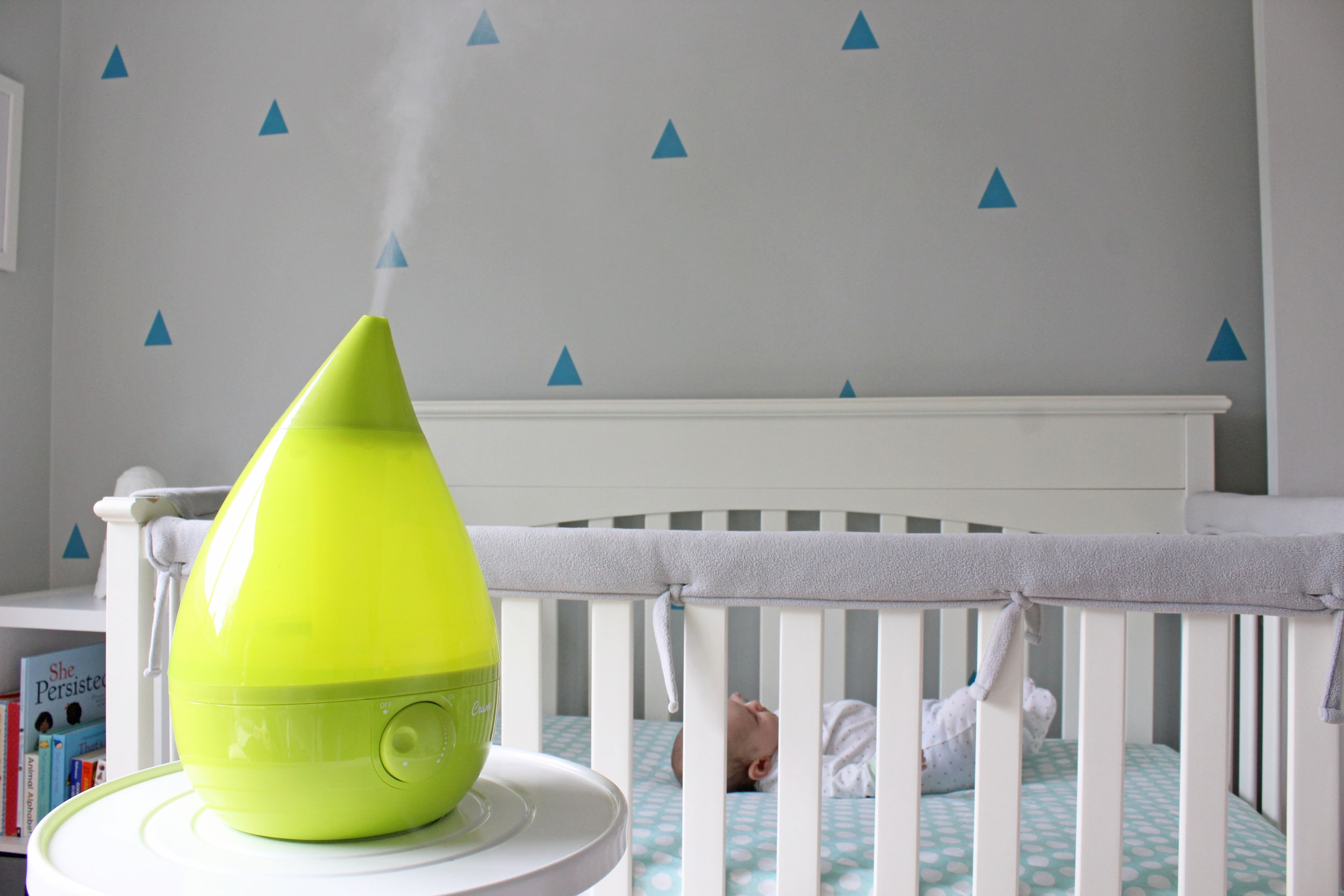
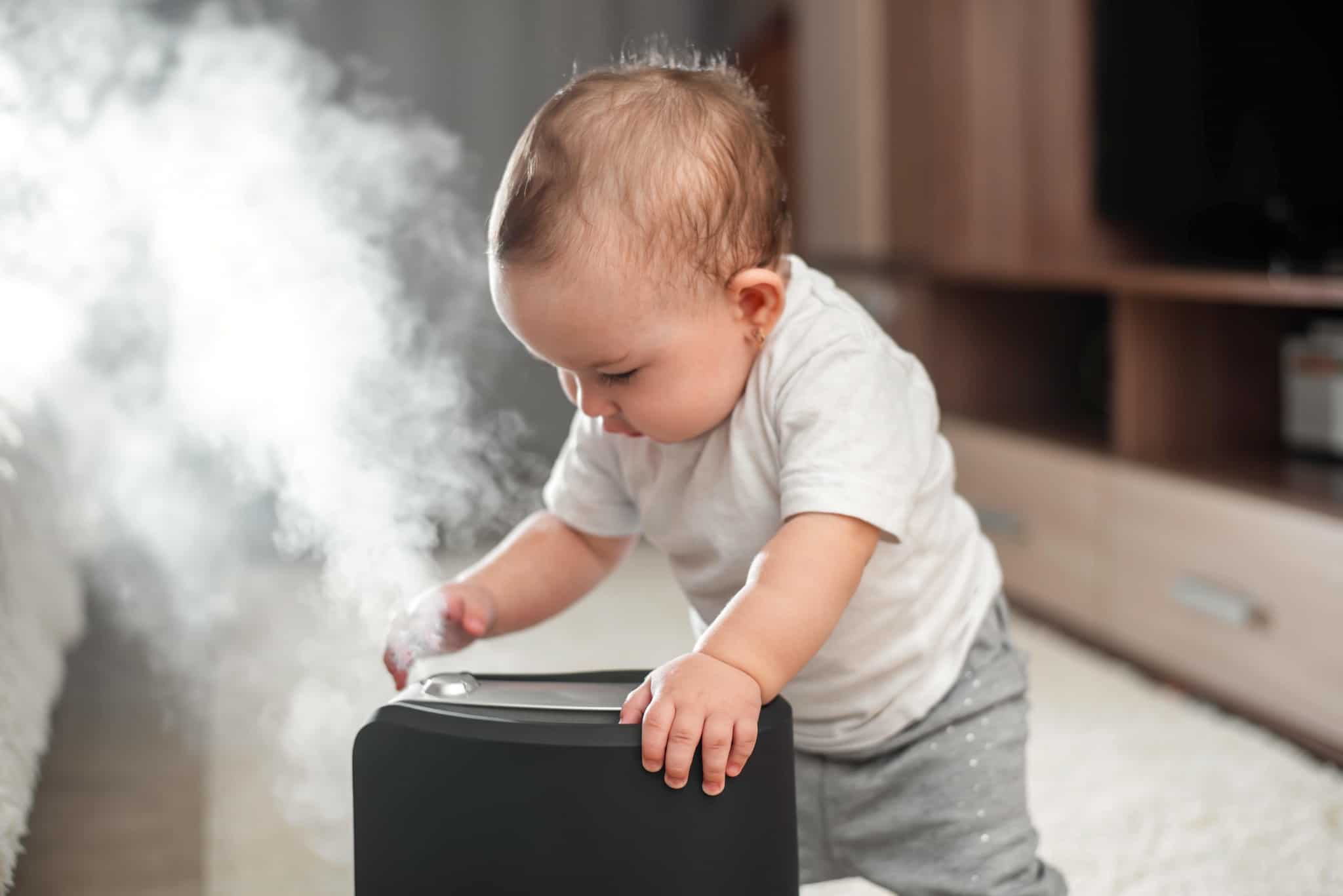
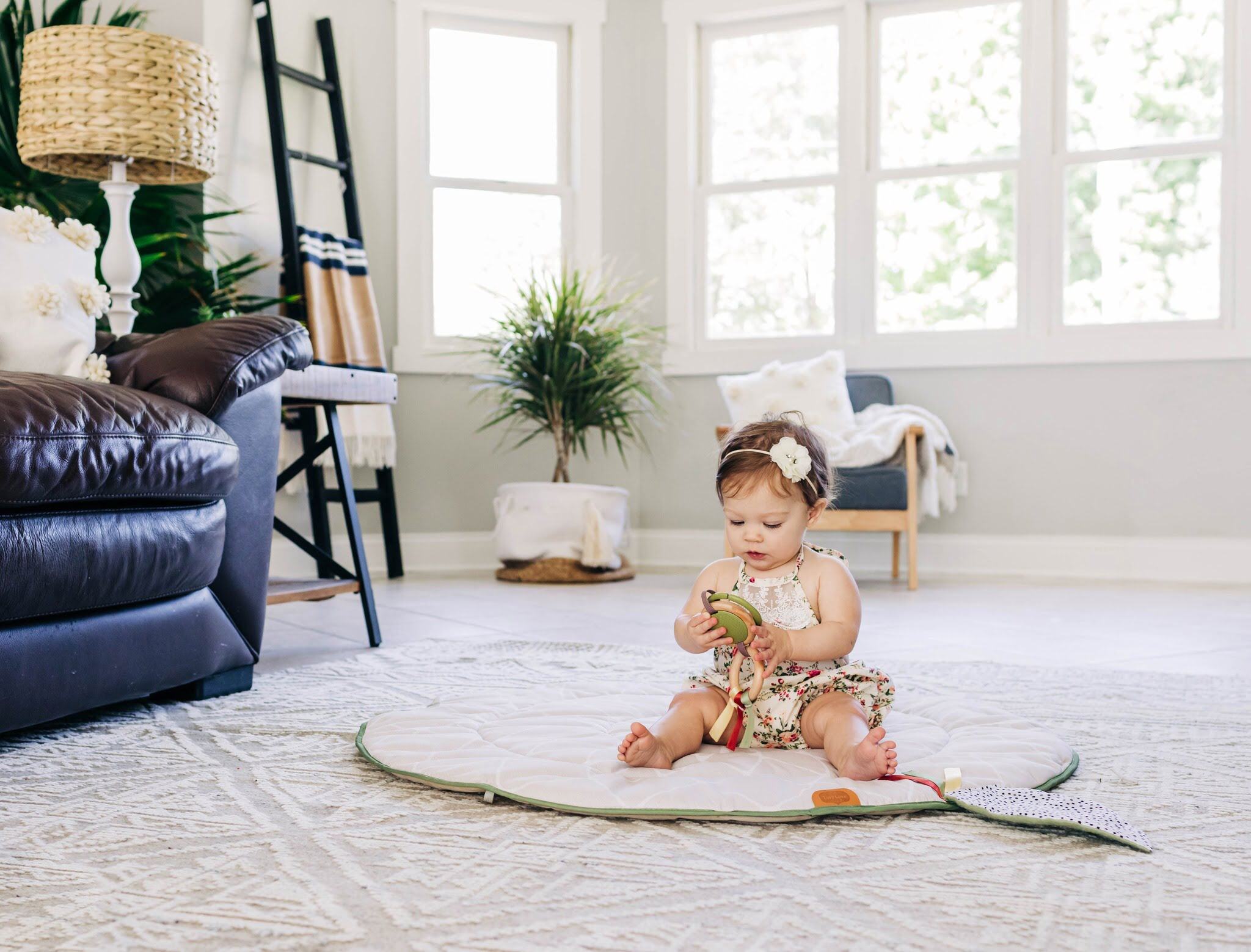
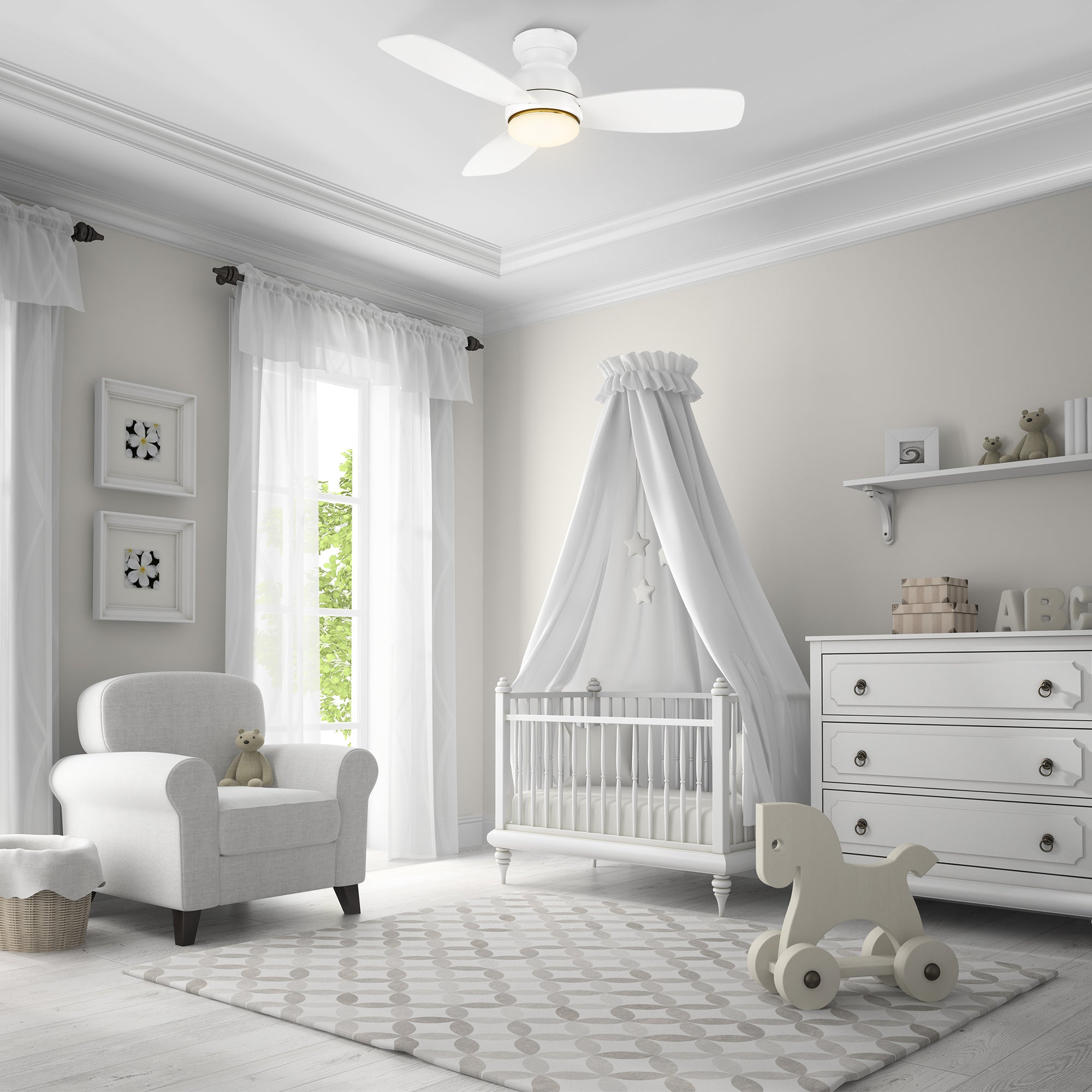
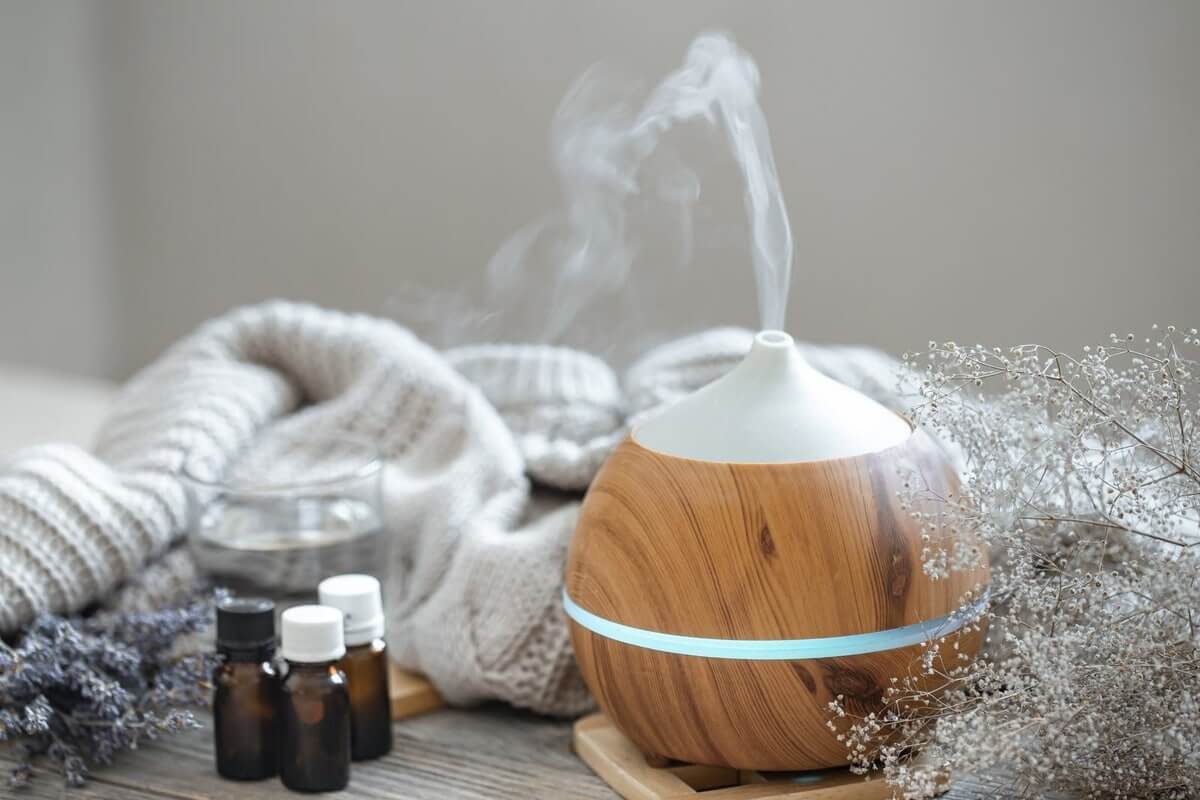
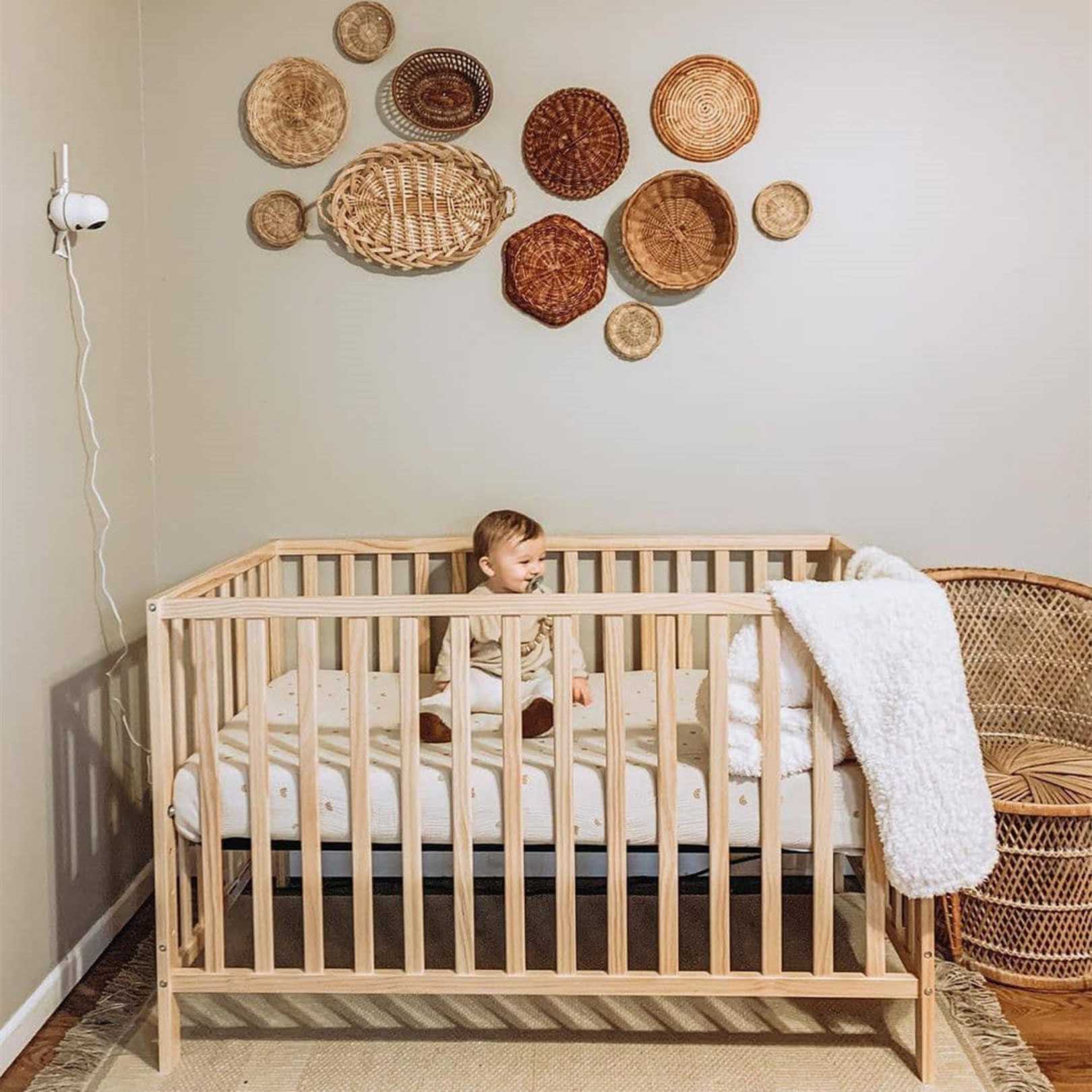

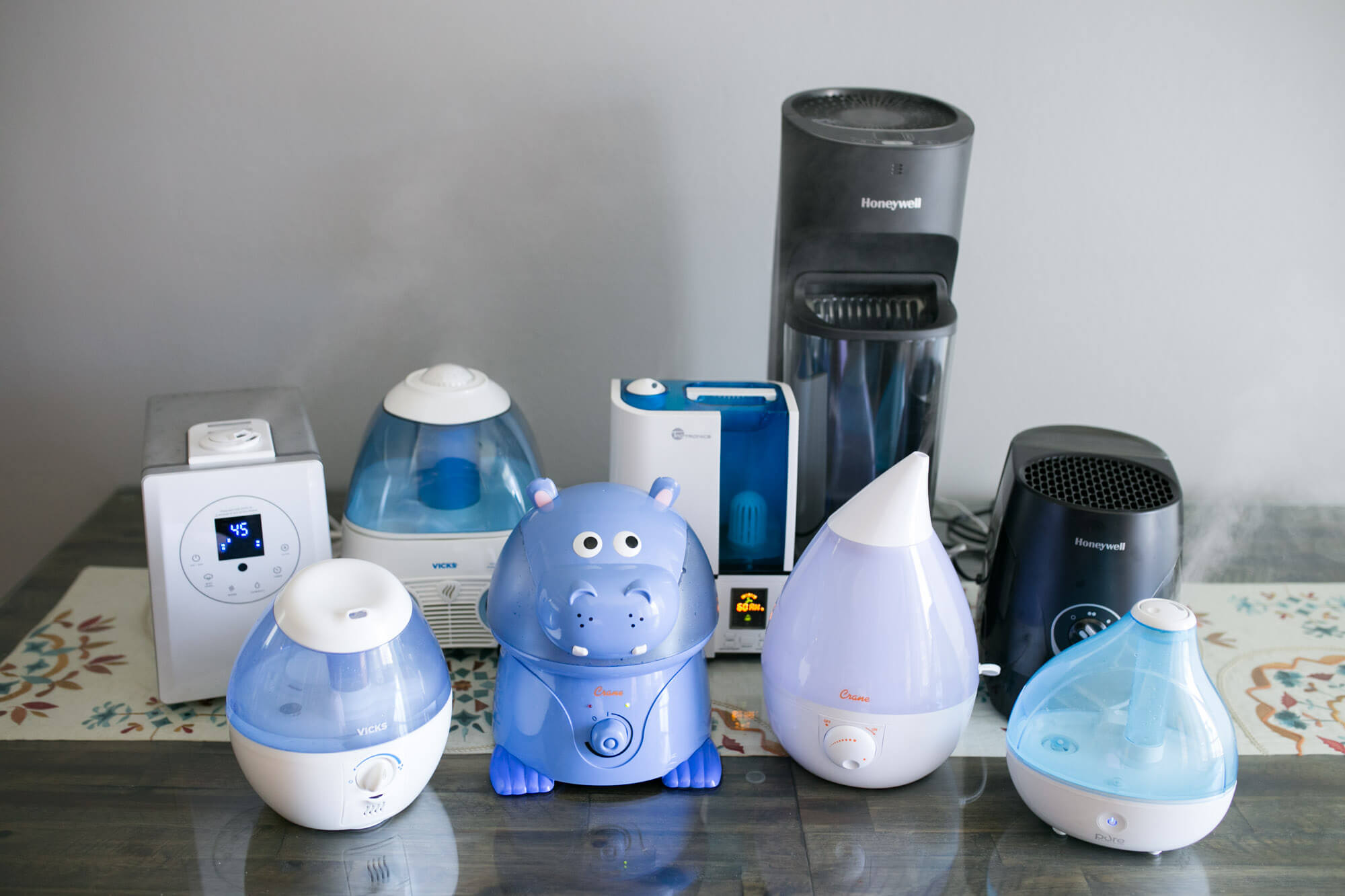
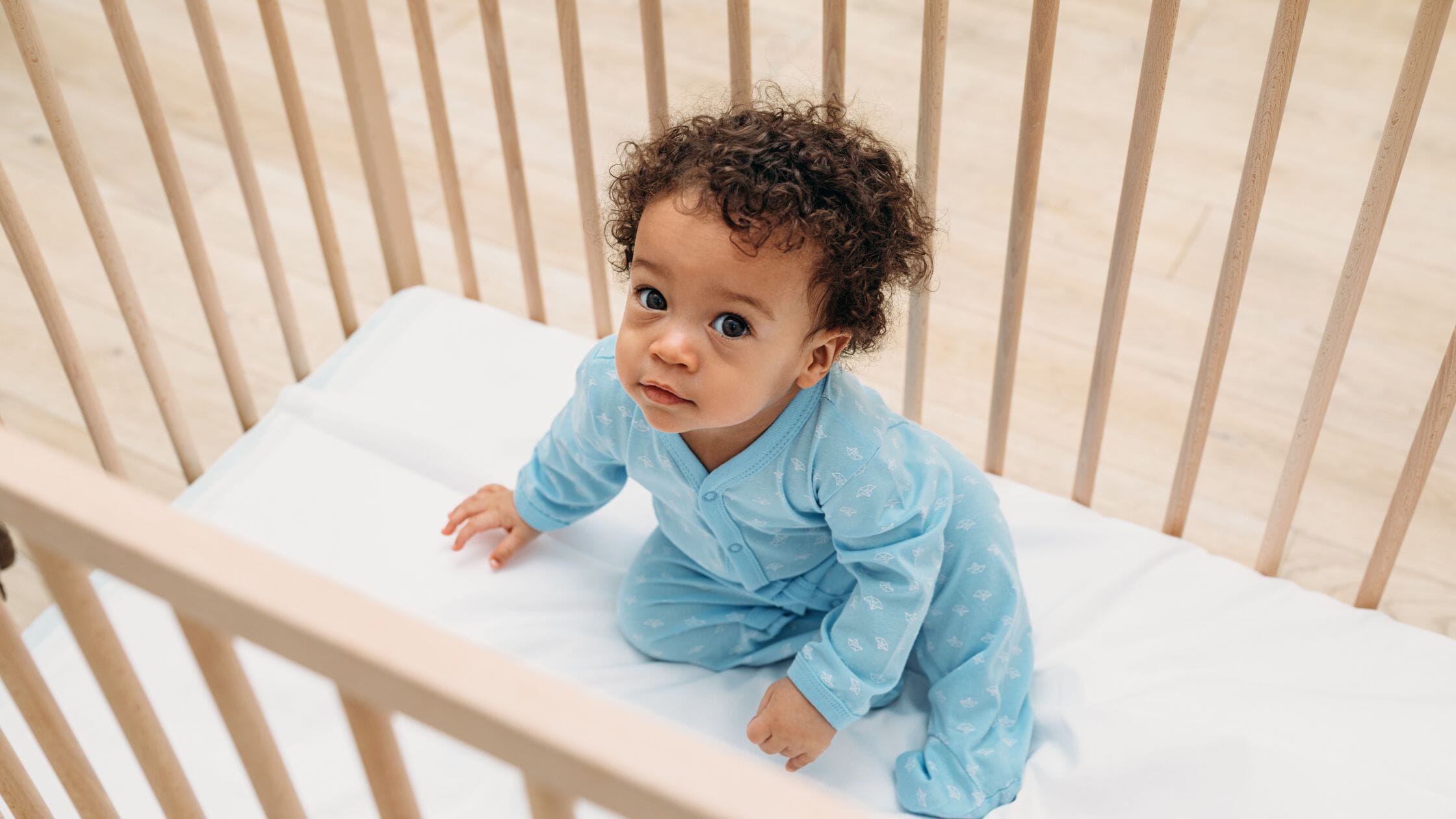

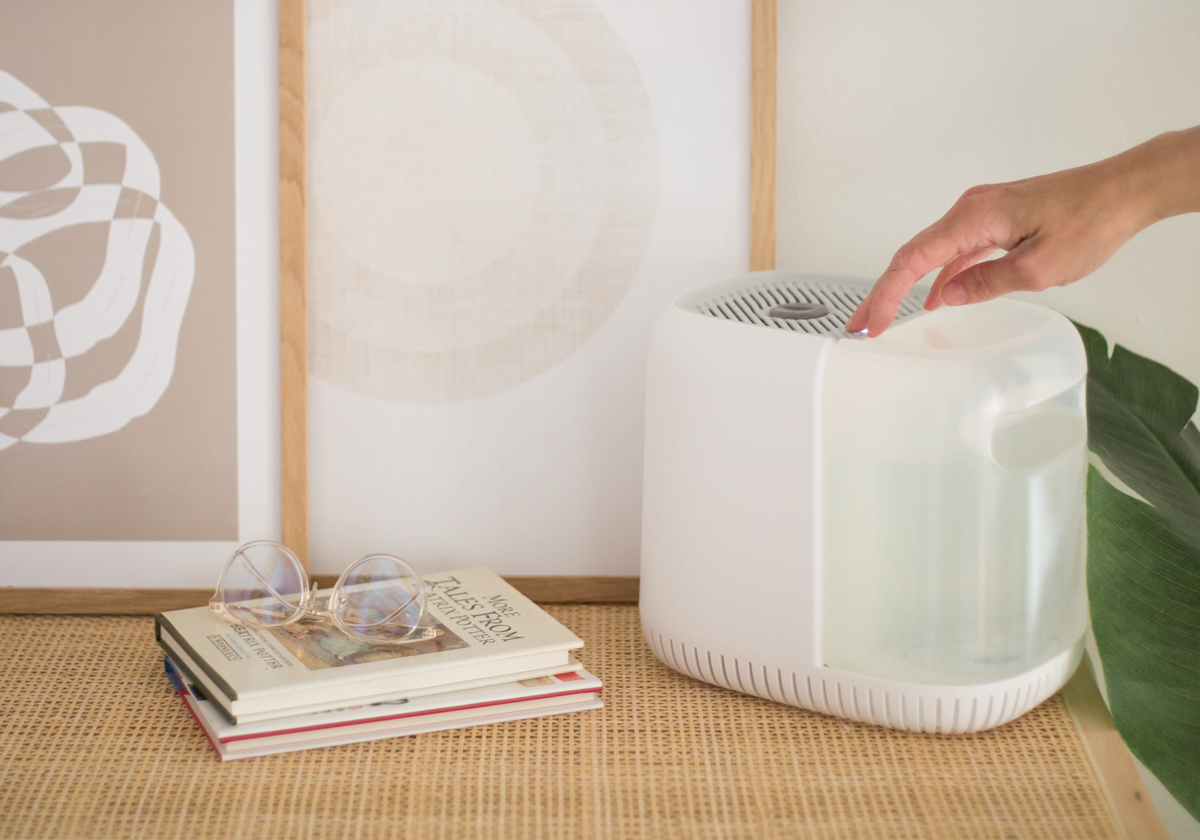
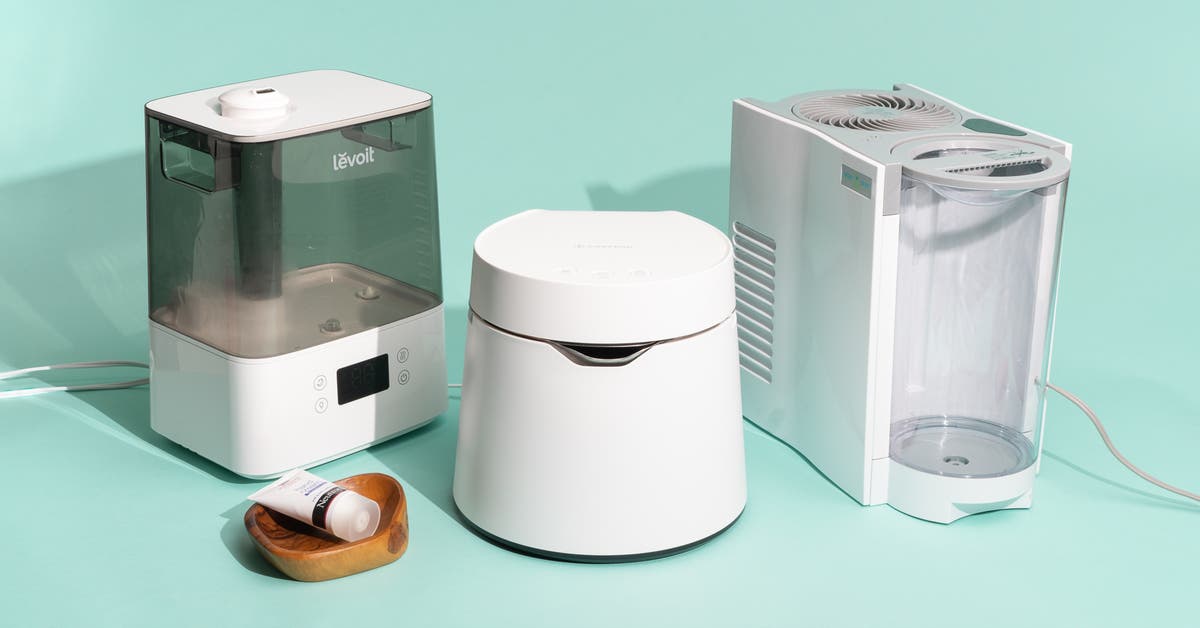
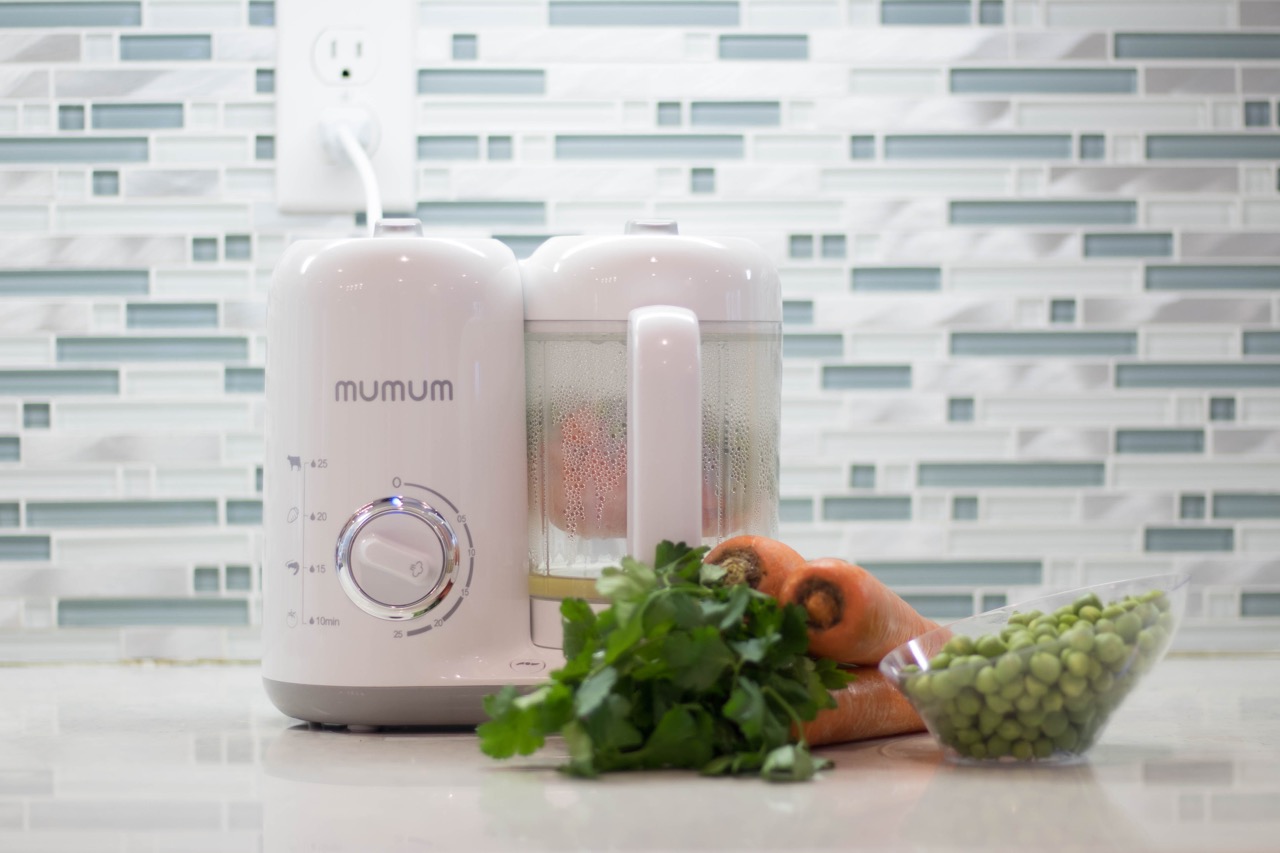
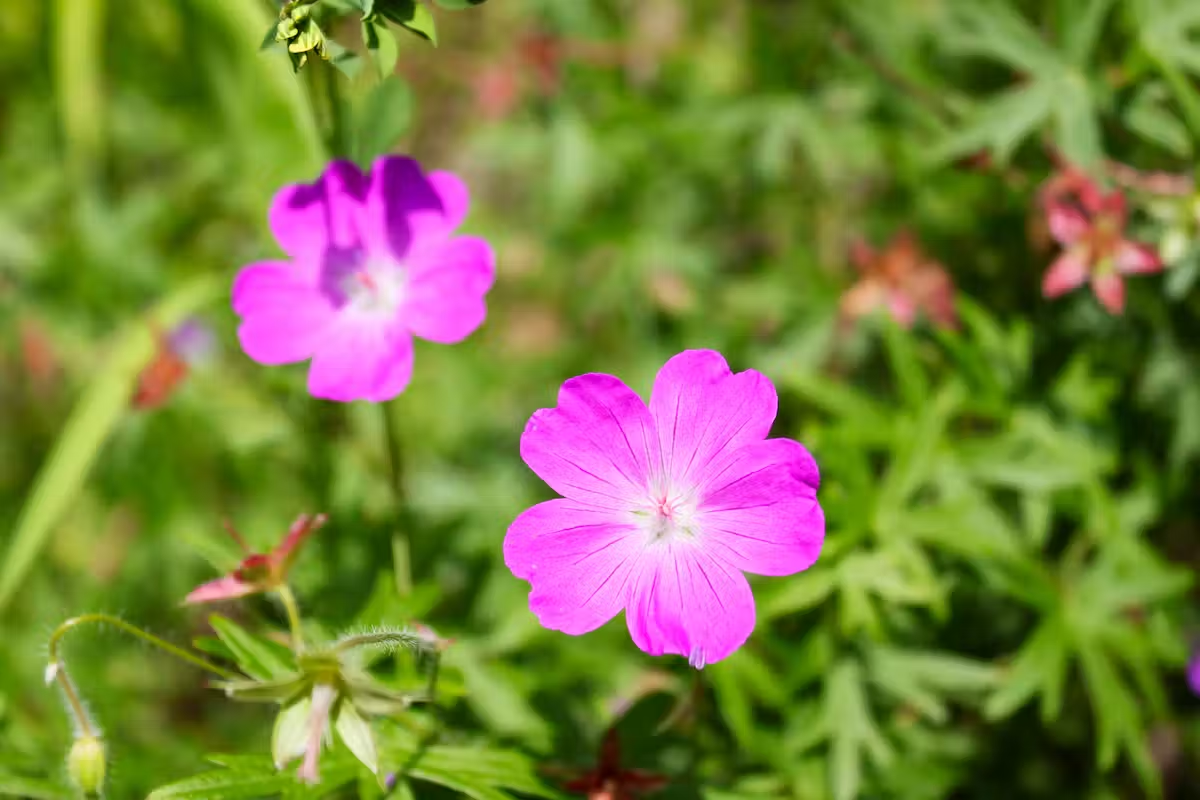

0 thoughts on “What To Put In Humidifier For Baby Congestion”